During his visit of the NSF team and ENIB in January 2024, Prof. Maciej KRAWCZYK, from Adam Mickiewicz University in Poznań (Poland), gave a seminar entitled "Excitation of high-frequency short-wavelength spin waves".
Both the seminar and the visit were related to the beginning of Nikodem LEŚNIEWSKI's PhD under the joint supervision of Florian BENTIVEGNA (NSF team, ENIB) and Prof. KRAWCZYK, in close collaboration with Dr. Yuliya DADOENKOVA (IRDL, ENIB).
Prof. Maciej KRAWCZYK's seminar took place within the Microwave Department of IMT-Atlantique
Please find below the abstract of the seminar.
Excitation of high-frequency short-wavelength spin waves
N. Kumar1, P. Gruszecki2, M. Gołębiewski2, J. W. Kłos2, and Maciej Krawczyk2
1 Electronics and Communication Engineering Department,
National Institute of Technology Calicut, India,
2 Institute of Spintronics and Quantum Information, Faculty of Physics,
Adam Mickiewicz University, Poznań, Poland
The development of information technology is characterized by faster, miniaturized and more efficient information processing to meet the growing expectations of modern society. Since the frequency range of spin waves is from a few GHz to a few hundred GHz, and the corresponding wavelengths are very short, from micrometers to a few nm, magnonics can play a role in this process. Therefore, conversion methods are sought that allow the excitation of very short spin waves, below 100 nm, and high frequencies, e.g. those used in wireless and cellular transmission ranges (including future 6G technologies), i.e. from 1 GHz to 100 GHz. In recent years, there have been some demonstrations of the conversion of microwaves into short spin waves with wavelengths well below 100 nm. However, the frequencies of these waves are usually well below 10 GHz. I will present promising approaches recently developed in our group to excite high frequency and very short wavelength spin waves. We propose to exploit three-magnon nonlinear processes occurring in the magnonic crystal under microwave magnetic field excitation to induce high-frequency harmonics of very short wavelengths. Using micromagnetic simulations, we show that a microwave-pumped spin wave mode confined to the cavity or the edges of the antidots of a thin film magnonic crystal can be used to generate waves at tens of GHz and wavelengths well below 50 nm. The frequency of the cavity mode is equal to the ferromagnetic resonance frequency of the planar ferromagnetic film, which overlaps with the magnonic bandgap, providing an efficient mechanism for confinement and magnetic field tunability. These multi-frequency harmonics of the fundamental cavity mode, or edge spin waves, are generated when the amplitude of the pumping microwave field exceeds a threshold, and their intensities then scale linearly with the field intensity, allowing optimization of the power used.
This work was supported in part by the National Science Center Poland project OPUS-LAP no 2020/39/I/ST3/02413.
